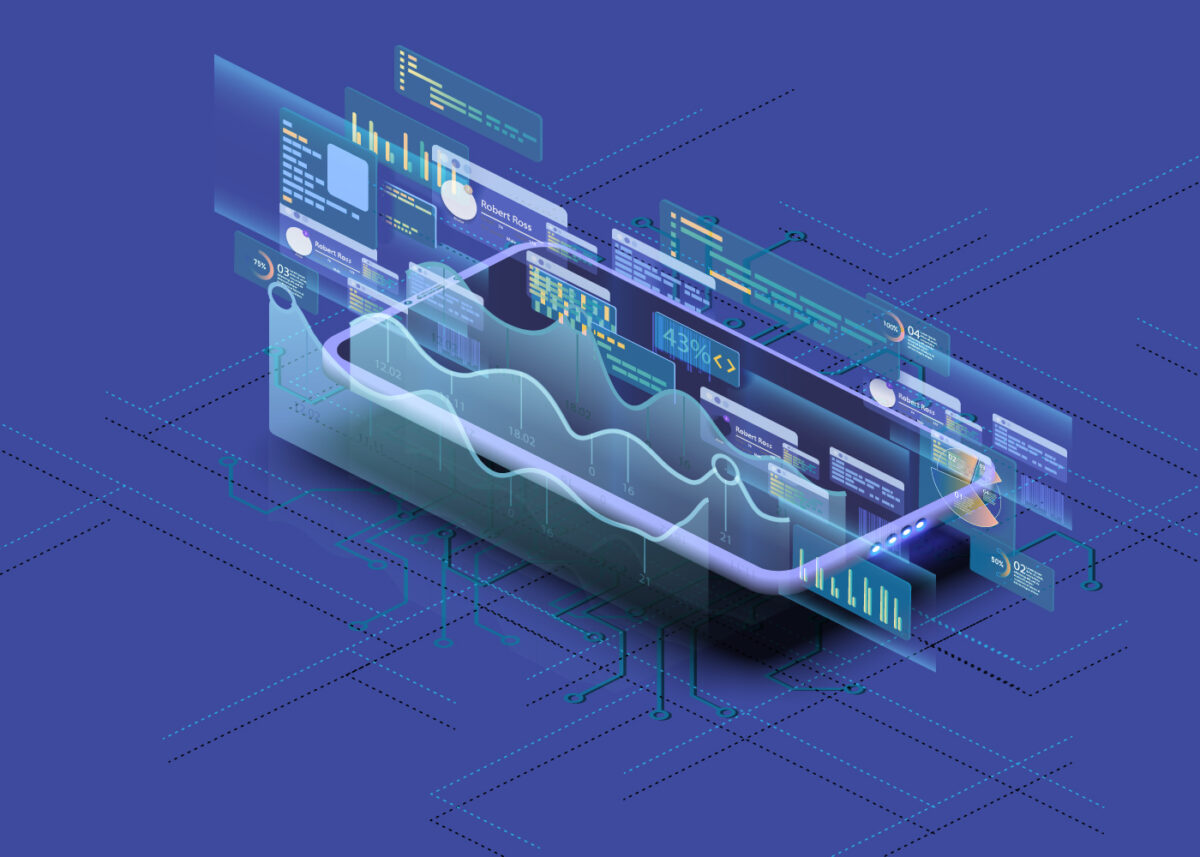How much Training Data Do You Need Anyway?

How much training data do you need anyway?
We live in a world where we regularly hear words like data, artificial intelligence, algorithms, machine learning, data science, big data analysis, etc. We have our understanding of these terms, and we seldom try to go deep into these topics and understand what it truly means. ‘Data is the new oil’, could very possibly be the most used lines of this century. But how often do we think ‘Why so?’
This is a century of robotics and technology growth, and we have made leaps and bounds of progress when it comes to automation using Artificial Intelligence (AI), Machine Learning (ML), and the Internet of Things (IoT). AI and ML promise a technologically advanced future offering solutions to some of the biggest problems we face today. AI has been exploring its applications in a variety of sectors of our society like security, logistics, administration, management, and a lot more. Data is the very fundamental of these futuristic technologies. Let us understand the need for data to create AI and ML models.
Importance of Data for ML
Machine learning models understand the process that needs to be automated and gradually self learns to increase their level of accuracy. However, for the ML model to work in the first place, it needs to learn from existing data, a lot of it. What we tend to overlook is that data is like an electric supply, and a machine learning algorithm is like an electric gadget. The algorithm is simply useless without any data.
Data is available in different formats and each one has its use. For computer vision (CV) algorithms, we need data in the form of images whereas, for natural language processing (NLP) algorithms, data is required in the form of audio speech and text. Be it cancer diagnosing models or autonomous vehicle programs, a good data set is the preliminary need for any algorithm to be executed.
What is training Data?
A set of data used to teach the ML model is often called a training data set. The data in this training set may be structured well, but it is of no use if it is not properly annotated. Data annotation, more commonly known as data labeling, is a process of adding labels to certain elements in the data for the ML algorithm to understand and classify these elements separately. For example, when we show the ML model an image of a car on the road, the model would not be able to distinguish between the pixels of the car and the road unless we have labeled them respectively. After processing a large number of annotated images of a car on a road in different instances, the ML model is finally capable of spotting non-annotated cars and roads in the real world.
While training an ML model, the initial data set should be divided into ‘training data’ and ‘validating data’. The accuracy of the labeling of the training data set determines the accuracy of your algorithm. Once the algorithm is trained, we can feed it the validating data set to see its performance on new data. The validating data can be labeled or not as per different applications.
How much training data do you need?
The best way to learn anything is through examples. Training data acts as a long list of examples for AI software to learn from and accordingly execute the process it was designed for. The real challenge is to know how much training data do we need for a certain algorithm? This question has the most diplomatic answer ever – ‘it depends.”
Yes, the amount of training data that we need for different algorithms depends on certain factors defining the ML model such as the necessary accuracy of the model. The amount of training data required for an autonomous vehicle algorithm is way more than a cancer detecting algorithm, which in itself is too much data for a simple process like colour identification. The autonomous vehicle model has to analyze a large number of independent elements such as co-traffic, road boundaries, pedestrians, cyclists, bikers, traffic lights, weather conditions, the vehicles self system analysis and constant feedback from other vehicles in a connected system. Naturally, the training data for multiple such activities has to be in huge quantities. A lot of training data covering all these verticals are needed. Now, in case of a cancer detecting algorithm, the training data required is quite a lot but spread across lesser verticals than the autonomous vehicle example. For a simple algorithm like color identification, the training data only needs to consist of all the colours annotated perfectly. This is comparatively a very small data set.
As we have understood an ML model is of no purpose unless it is fed with the right training data. Training data is nothing but a data set which is labeled by humans-in-the-loop or data labeling software. The quantity of the training data required is more for algorithms which carry out multiple complex operations than simpler algorithms. We have to keep one thing in mind, be it simple or complex processes, more training data is always better for higher accuracy of the algorithm.
